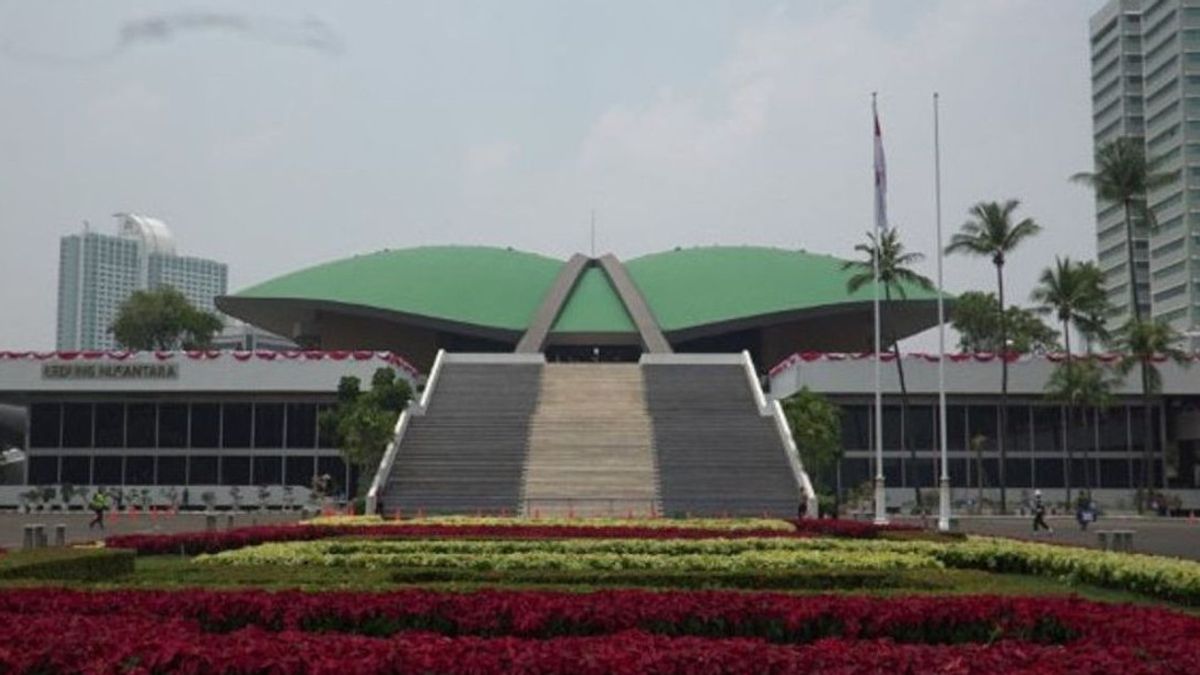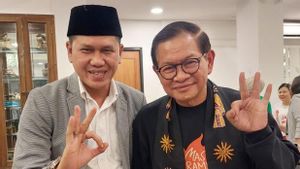JAKARTA - Every country has a form of state to run its government system. The form of the state determines the strategy of a nation in realizing the goals of a country. What are the forms?
Citing the jurisprudence journal of Jambi University INOVATIF (2013), there are two forms of state that are most dominant in use in the world: the unitary state (union) and the federal. Let's look at the difference.
The first is the form of a unitary state which is also implemented by Indonesia. The characteristics of a unitary state are declared by the founders of the state by claiming all territories as part of one state.
There is no agreement between local authorities, let alone states, because it is assumed that all territories included in their territory are not independent parts of the territory. On this basis, the state formed regions which were given the authority by the central government to take care of various interests of its people. In Indonesia, these areas are called provinces.
These provinces were then given autonomy, given the sovereignty to manage their own households for matters that had been determined by the central government. Sovereignty or what is called autonomy in this province is only defined autonomy.
Another characteristic of the unitary state is that all state affairs are centralized in the central government. Not shared with local governments.
So that the affairs of the state within the unitary state remain unanimous. And the highest authority in the country is at the center.
Form a federated stateThen the second, is the form of the federation state. Seeing its origin, the word federation comes from Latin, feodus which means league.
This refers to the league of states or autonomous cities that existed in the ancient Greek era. It is seen as the first ever federal state.
Meanwhile, the modern form of federal government stems from the constitutional experience of the United States (US). You could say that the form of the federal state is one of the historical contributions of the US state administration to the modern world.
The federal state model departs from a basic assumption that a state is formed by a number of independent states or territories, which from the beginning have some kind of sovereignty in their respective territories. The region then agreed to form a federation.
The states and territories of the founders of the federation then change status to states or administrative territories with specific names within the federal sphere. In other words, the states that are members of the federation have all the powers which are then partly transferred to the federal government.
Characteristics, the federal government is given full powers in the fields of monetary, defense, judiciary and foreign relations. Meanwhile the state usually has power over domestic matters such as education, health, social welfare, and public security such as the police.
Then why did Indonesia choose the form of a unitary state rather than federal? To answer this, we can see it from the history of the formation of the Indonesian state.
the unity of IndonesiaAs explained by Cendekiawan Yudi Latief in his book Negara Paripurna (2011) During the trial process of the Preparatory Business Research Agency for Independence (BPUPK) from June 2 to July 9, 1945, President Soekarno led the Small Committee to collect proposals regarding the issue of Indonesian unity including the form of the state to be taken. There were two types proposed at that time as union or federation.
From the meeting the majority of the participants of the Small Committee (17 people) chose the unitary state (uni). Because this form is believed to be able to guarantee a strong unity compared to the form of federation proposed by 4 participants, and confederation proposed by one participant.
In addition, they also determine the form of government that is right for Indonesia. Even if they felt it was most suitable to strengthen national unity, 11 participants explicitly proposed the Republic.
The proposals concerning the unity of the Indonesian nationality were then formulated by a 9-member Small Committee which was tasked with formulating the Basic Shrimp Preamble Draft (UUD) Article 1 paragraph (1). The results of the basic formulation of the state including the form of the state by the Committee of Nine were then agreed on June 22, 1945.
The basis of the state is embodied in the phrase "Indonesian Unity". His position is placed in the third principle of Pancasila. Then it was confirmed in the 1945 Constitution.
Although constitutionally the Unitary State of the Republic of Indonesia has been established, this country has experienced the form of a union or federal state when the transfer of sovereignty from the Dutch government on 27 December 1949. At that time, the Republic of Indonesia was changed to the Republic of Indonesia (RIS) which was the result of the Round Table Conference (KMB) negotiations. ) in The Hague.
According to Agus Santoso in his journal entitled "The Experience of the Federal State in Indonesia" (2010) RIS's journey in Indonesia is said to be a failure, because the majority of Indonesians do not want it. In less than a year, the form of RIS was changed back to NKRI.
The English, Chinese, Japanese, Arabic, and French versions are automatically generated by the AI. So there may still be inaccuracies in translating, please always see Indonesian as our main language. (system supported by DigitalSiber.id)











